Introduction
Sugar Patient Diet Chart: Diabetes management is a multifaceted endeavor that involves a combination of medication, physical activity, and, most crucially, diet. A well-structured sugar patient diet chart serves as a foundational tool in regulating blood sugar levels and preventing complications associated with diabetes. This article provides an extensive overview of how to create and adhere to a diet chart designed for individuals managing diabetes. We’ll cover essential dietary principles, provide a sample diet chart, and discuss practical tips for effective diabetes management. Visit
Table of Contents
- Introduction
- Understanding Diabetes and Dietary Needs
- Key Components of a Sugar Patient Diet Chart
- Sample Sugar Patient Diet Chart
- Advanced Strategies for Blood Sugar Management
- Lifestyle Factors Beyond Diet
- Creating a Personalized Sugar Patient Diet Chart
- Sample Sugar Patient Diet Chart
- Practical Tips for Managing Your Diet
- Additional Resources and References
- Conclusion
- FAQs
Understanding Diabetes and Dietary Needs
What is Diabetes?
Diabetes is a chronic condition where the body is unable to properly regulate blood glucose levels. This can result from inadequate insulin production (Type 1 diabetes) or ineffective use of insulin (Type 2 diabetes). Proper management of diabetes is critical to preventing complications such as cardiovascular disease, kidney damage, and neuropathy.

The Role of Diet in Diabetes Management
Sugar Patient Diet Chart: Diet plays a pivotal role in managing diabetes. A sugar patient diet chart helps in:
- Controlling Blood Sugar Levels: The primary goal is to avoid significant spikes and drops in blood glucose levels. This is achieved by carefully selecting foods with a low glycemic index (GI) and balancing macronutrients.
- Preventing Complications: A balanced diet can help prevent diabetes-related complications and improve overall health.
- Maintaining a Healthy Weight: Weight management is crucial, especially for individuals with Type 2 diabetes. A diet chart can help in maintaining a healthy weight, which in turn aids in better glucose control.
Key Components of a Sugar Patient Diet Chart
Sugar Patient Diet Chart: Creating an effective sugar patient diet chart involves understanding the different components of a balanced diet:
Carbohydrates
Carbohydrates have the most significant impact on blood sugar levels. Here’s how to manage them:
- Choose Complex Carbohydrates: Opt for whole grains (e.g., brown rice, quinoa), legumes, and vegetables. These foods have a low glycemic index and are digested more slowly. American Diabetes Association – Carbohydrates offers detailed guidance on carbohydrate choices.
- Limit Simple Carbohydrates: Reduce intake of refined sugars and processed foods like sugary snacks, sodas, and white bread.
- Glycemic Index (GI): Foods with a low GI (55 or less) cause a slower increase in blood sugar. Learn more about the GI from the Glycemic Index Foundation.
- Carbohydrate Counting: Helps in managing diabetes by tracking carb intake. Mayo Clinic – Carb Counting provides tips for effective carbohydrate counting.
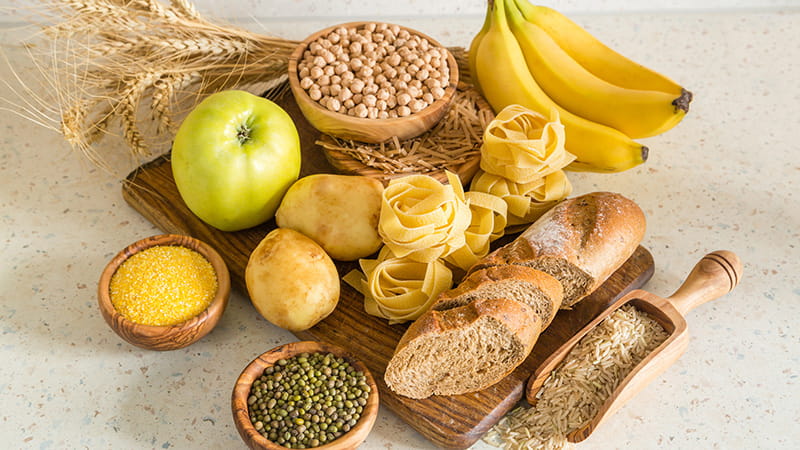
Proteins
Proteins are essential for muscle maintenance and overall health:
- Lean Protein Sources: Opt for lean meats like chicken, turkey, and fish. Plant-based proteins such as lentils, chickpeas, and tofu are also beneficial. American Diabetes Association – Protein gives insights into protein sources.
- Protein in Every Meal: Including protein in each meal helps stabilize blood sugar levels.
- Protein Timing: Distribute protein intake evenly throughout the day to maintain stable blood glucose levels.
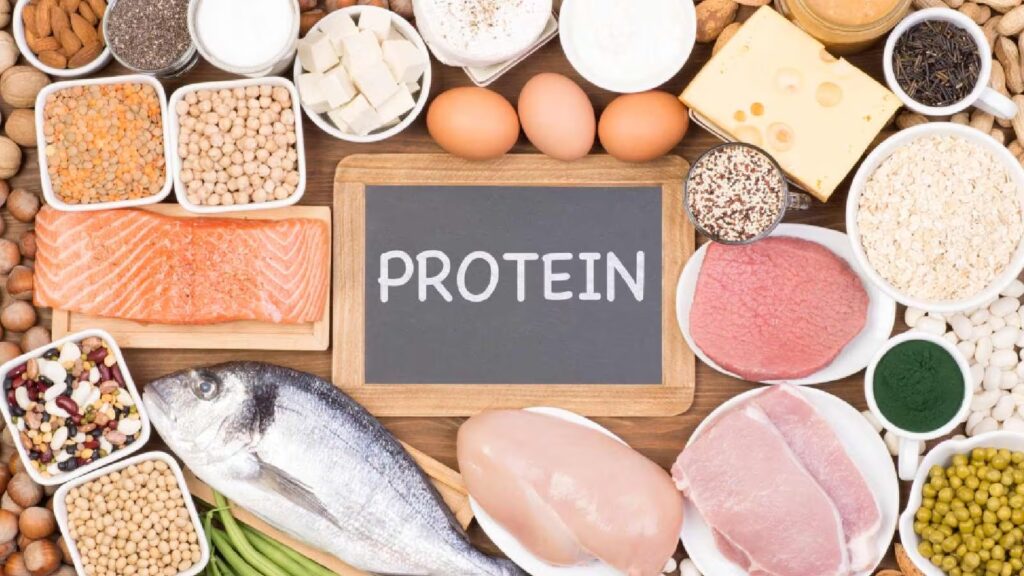
Fats
Fats are necessary for absorbing vitamins and providing energy:
- Healthy Fats: Include unsaturated fats from sources like avocados, nuts, seeds, and olive oil. Harvard T.H. Chan School of Public Health – Fats explains the types of fats and their health implications.
- Avoid Unhealthy Fats: Limit trans fats and saturated fats found in processed foods and fatty meats.
- Balancing Fats: Monitor fat intake as they are calorie-dense. Balance with other macronutrients and control portion sizes.

Fiber
Fiber is crucial for managing blood sugar levels:
- Types of Fiber: Soluble fiber (found in oats, beans) helps regulate blood sugar, while insoluble fiber (found in whole grains) promotes digestive health. National Institute of Diabetes and Digestive and Kidney Diseases – Fiber provides information on the benefits of fiber.
- Daily Fiber Goals: Aim for at least 25-30 grams of fiber per day.

Sample Sugar Patient Diet Chart
Sugar Patient Diet Chart: Here’s a detailed sample diet chart for managing blood sugar levels:
Breakfast
- Whole Grain Oatmeal: Prepare with water or a low-fat milk alternative. Top with fresh berries and a sprinkle of nuts. Harvard T.H. Chan School of Public Health – Breakfast discusses the benefits of a balanced breakfast.
- Protein Addition: Include a boiled egg or Greek yogurt for added protein.
- Beverage: Opt for herbal tea or black coffee without sugar.

Mid-Morning Snack
- Fruit or Nuts: A small apple or a handful of unsalted almonds.
Lunch
- Protein Source: Grilled chicken breast, tofu, or beans. American Diabetes Association – Meal Planning offers guidelines for balanced meal planning.
- Salad: A large serving of mixed greens with olive oil and lemon juice dressing.
- Whole Grain: A small portion of brown rice or quinoa.

Afternoon Snack
- Vegetable Sticks: Raw vegetables such as carrots, celery with hummus.
Dinner
- Main Course: Baked fish or lentil soup.
- Vegetables: Steamed broccoli, cauliflower.
- Side: A small serving of sweet potato or a whole grain.

Evening Snack (if needed)
- Healthy Option: A small piece of dark chocolate (70% cocoa or higher) or a few fresh berries.
Advanced Strategies for Blood Sugar Management
Monitoring Blood Sugar Levels
Sugar Patient Diet Chart: Regular monitoring is crucial for managing diabetes effectively:
- Frequency of Testing: Test blood sugar levels as recommended by your healthcare provider. Diabetes UK – Blood Glucose Monitoring explains different testing methods.
- Continuous Glucose Monitors (CGMs): CGMs provide real-time tracking of glucose levels. CDC – Continuous Glucose Monitors offers information on CGMs.
- Data Interpretation: Analyze data to understand how different foods affect blood sugar and adjust your diet accordingly.

Meal Timing and Frequency
Sugar Patient Diet Chart: Meal timing and frequency influence blood sugar control:
- Regular Meals: Eat at regular intervals to avoid blood sugar fluctuations.
- Meal Timing Around Physical Activity: Time meals around exercise for optimal glucose management. American Diabetes Association – Exercise and Diabetes provides guidance on how exercise impacts blood sugar.
- Avoid Skipping Meals: Prevent overeating later by ensuring you have healthy snacks available.
Lifestyle Factors Beyond Diet
Physical Activity
Sugar Patient Diet Chart: Regular physical activity is essential for diabetes management:
- Types of Exercise: Include aerobic exercises and resistance training. CDC – Physical Activity and Diabetes discusses the benefits of physical activity.
- Exercise Recommendations: Aim for at least 150 minutes of moderate-intensity aerobic exercise per week.
- Post-Meal Activity: Engage in light physical activity after meals to lower blood sugar levels.
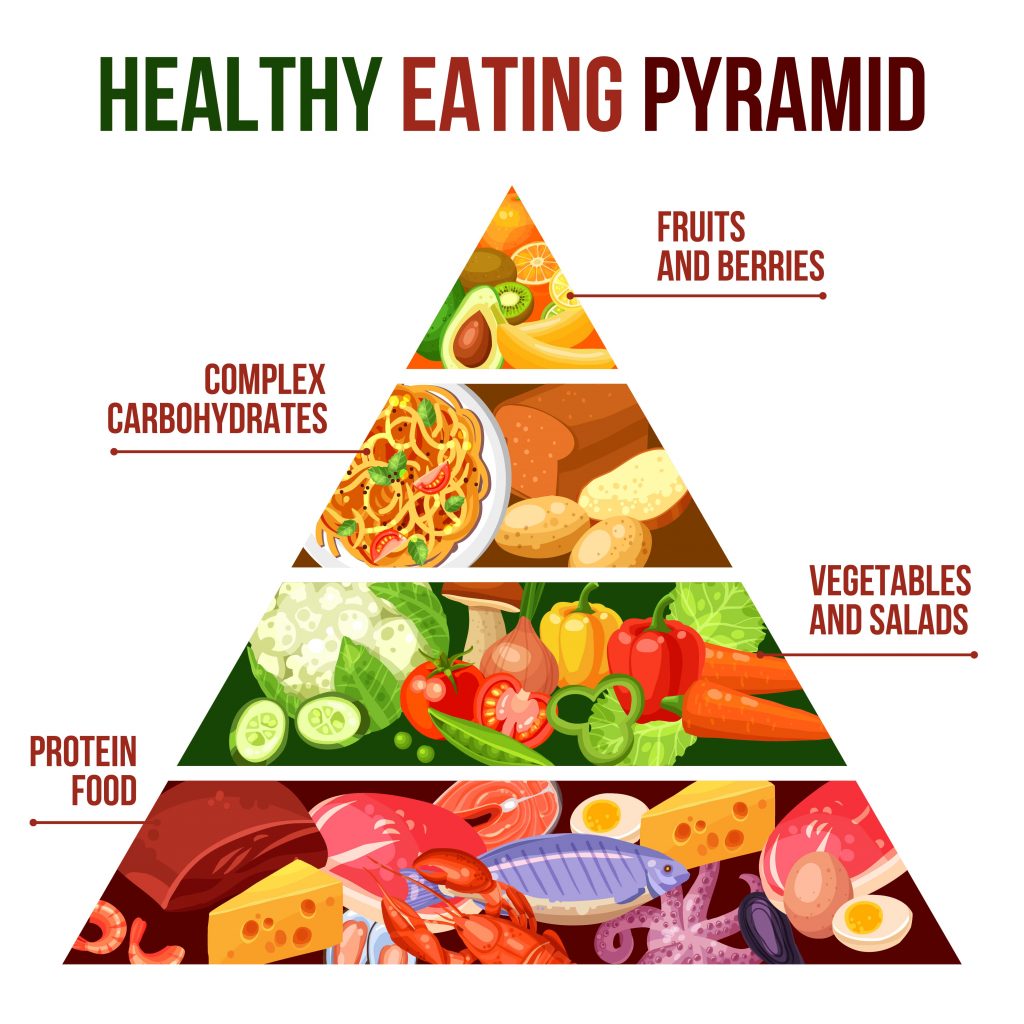
Stress Management
Stress affects blood sugar levels and overall health:
- Stress Reduction Techniques: Practice stress management techniques like deep breathing, meditation, or yoga. American Diabetes Association – Stress Management offers strategies for managing stress.
- Sleep Quality: Ensure adequate sleep as poor sleep can affect insulin sensitivity. National Sleep Foundation – Diabetes and Sleep provides information on the connection between sleep and diabetes.
Hydration
Sugar Patient Diet Chart: Proper hydration supports overall health and helps manage blood sugar levels:
- Water Intake: Drink plenty of water throughout the day. Mayo Clinic – Hydration discusses the importance of hydration.
- Limit Sugary Beverages: Avoid sugary drinks and limit caffeine.
Creating a Personalized Sugar Patient Diet Chart
A personalized diet chart can be more effective:
Assessing Individual Needs
- Health Assessment: Consult with a healthcare provider to assess your specific health needs. National Institute of Diabetes and Digestive and Kidney Diseases – Diabetes Care offers information on managing diabetes.
- Personal Preferences: Choose foods that fit your lifestyle and preferences.
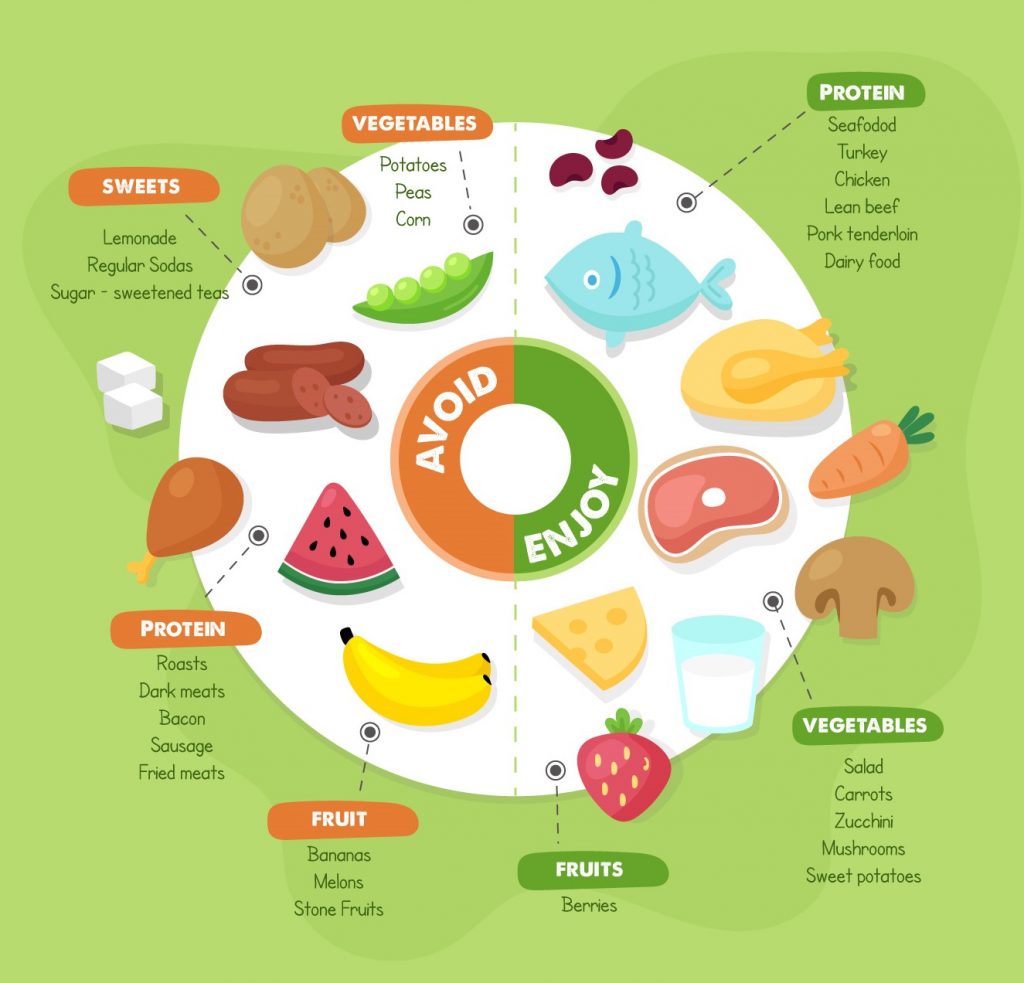
Meal Planning and Preparation
- Weekly Planning: Plan meals and snacks for the week ahead. Eatright.org – Meal Planning provides meal planning tips.
- Batch Cooking: Prepare meals in batches to save time and ensure healthy options are available.
- Healthy Substitutes: Identify healthier substitutes for favorite foods. American Diabetes Association – Recipe Ideas offers diabetes-friendly recipes.
Sample Sugar Patient Diet Chart
Sugar Patient Diet Chart: Here’s a detailed sample diet chart designed to help manage blood sugar levels:
Breakfast
- Whole Grain Oatmeal: Prepare with water or a low-fat milk alternative. Top with fresh berries (such as blueberries or strawberries) and a sprinkle of nuts (e.g., almonds or walnuts).
- Protein Addition: Include a boiled egg or a serving of Greek yogurt for added protein.
- Beverage: Opt for herbal tea or black coffee without sugar.
Mid-Morning Snack
- Fruit or Nuts: A small apple or a handful of unsalted almonds. This snack provides a balance of carbohydrates and protein.
Lunch
- Protein Source: Grilled chicken breast, tofu, or beans. These provide lean protein to help stabilize blood sugar levels.
- Salad: A large serving of mixed greens (spinach, kale, arugula) with a dressing made from olive oil and lemon juice.
- Whole Grain: A small portion of brown rice or quinoa. These complex carbs are digested slowly and help maintain stable blood sugar levels.
Afternoon Snack
- Vegetable Sticks: A serving of raw vegetables such as carrots, celery, or bell peppers. Pair with hummus for added protein.
Dinner
- Main Course: Baked fish (e.g., salmon or cod) or a hearty lentil soup. Both options provide high-quality protein and essential nutrients.
- Vegetables: Steamed broccoli, cauliflower, or a mixed vegetable stir-fry.
- Side: A small serving of sweet potato or a whole grain such as farro.
Evening Snack (if needed)
- Healthy Option: A small piece of dark chocolate (70% cocoa or higher) or a few fresh berries. Choose options that are low in added sugars and provide some fiber.
Practical Tips for Managing Your Diet
- Meal Planning: Planning your meals in advance helps in making healthier choices and avoiding last-minute temptations. Consider using meal planning apps or a physical planner to track your meals.
- Stay Hydrated: Drink plenty of water throughout the day. Avoid sugary drinks like sodas and limit caffeinated beverages, which can affect blood sugar levels.
- Monitor Blood Sugar: Regularly check your blood sugar levels to understand how different foods affect your glucose. This helps in making informed dietary choices.
- Consult a Dietitian: Working with a registered dietitian or nutritionist can provide personalized guidance. They can help tailor a diet plan based on your specific health needs, preferences, and lifestyle.
- Exercise Regularly: Physical activity is crucial in managing diabetes. Combine your diet plan with regular exercise to improve insulin sensitivity and overall health.
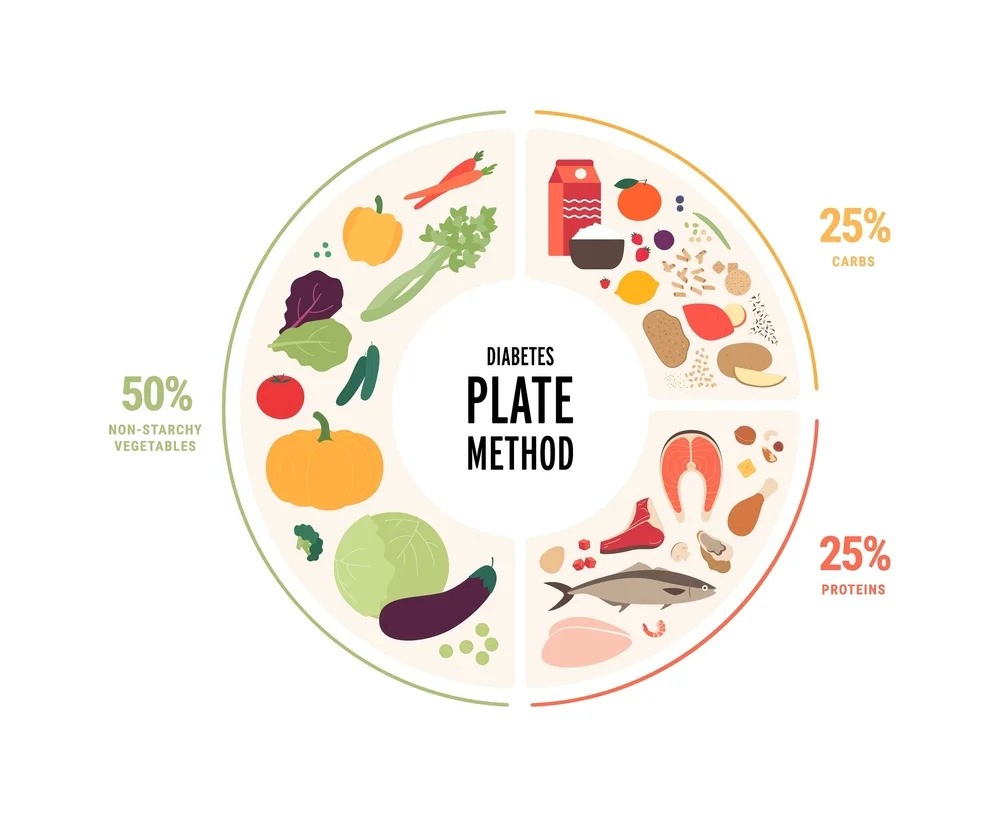
Additional Resources and References
Sugar Patient Diet Chart: For further information and support in managing diabetes through diet, the following resources can be valuable:
- American Diabetes Association (ADA) – Nutrition and Physical Activity: ADA Nutrition – Provides detailed guidelines and resources for diabetes management.
- Mayo Clinic – Diabetes Diet: Create Your Healthy Eating Plan: Mayo Clinic Diabetes Diet – Offers practical advice and strategies for managing diabetes through diet.
- National Institute of Diabetes and Digestive and Kidney Diseases (NIDDK) – Your Guide to Diabetes: The Basics: NIDDK Diabetes Basics – A comprehensive guide to understanding and managing diabetes.
- Harvard T.H. Chan School of Public Health – The Nutrition Source: Diabetes: Harvard Diabetes Nutrition – Provides insights into how diet impacts diabetes management and overall health. Also Visit
Conclusion
Sugar Patient Diet Chart: Creating and following a sugar patient diet chart is a crucial step in managing diabetes effectively. By focusing on balanced nutrition, portion control, and regular monitoring, individuals can better regulate their blood sugar levels and improve their quality of life. Utilize external resources for additional guidance and consider consulting with healthcare professionals to tailor a diet plan that meets your specific needs. With careful planning and informed dietary choices, managing diabetes can become a more achievable and less daunting task.
FAQs
Q1: What is a sugar patient diet chart?
A sugar patient diet chart is a structured eating plan designed to help individuals with diabetes manage their blood sugar levels. It includes guidelines for selecting foods that have a low glycemic index, balancing macronutrients (carbohydrates, proteins, and fats), and controlling portion sizes to maintain stable blood glucose levels.
Q2: Why is it important to follow a sugar patient diet chart?
Following a sugar patient diet chart is crucial for controlling blood sugar levels, preventing diabetes-related complications, and maintaining a healthy weight. It helps manage the amount of carbohydrates consumed, balances protein and fat intake, and ensures overall nutritional adequacy.
Q3: How do I determine which foods are suitable for a sugar patient diet?
Foods suitable for a sugar patient diet are those with a low glycemic index, high fiber content, and balanced nutrients. Opt for whole grains, lean proteins, healthy fats, and plenty of vegetables. Limit refined sugars, processed foods, and high-fat items. American Diabetes Association – Food Choices provides guidelines on making suitable food choices.


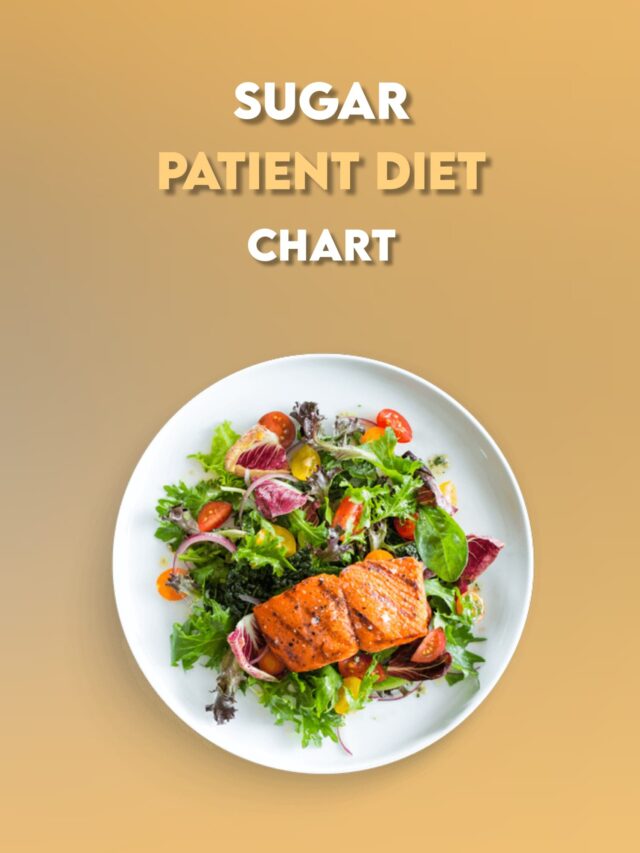
I don’t think the title of your article matches the content lol. Just kidding, mainly because I had some doubts after reading the article.